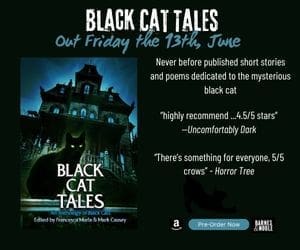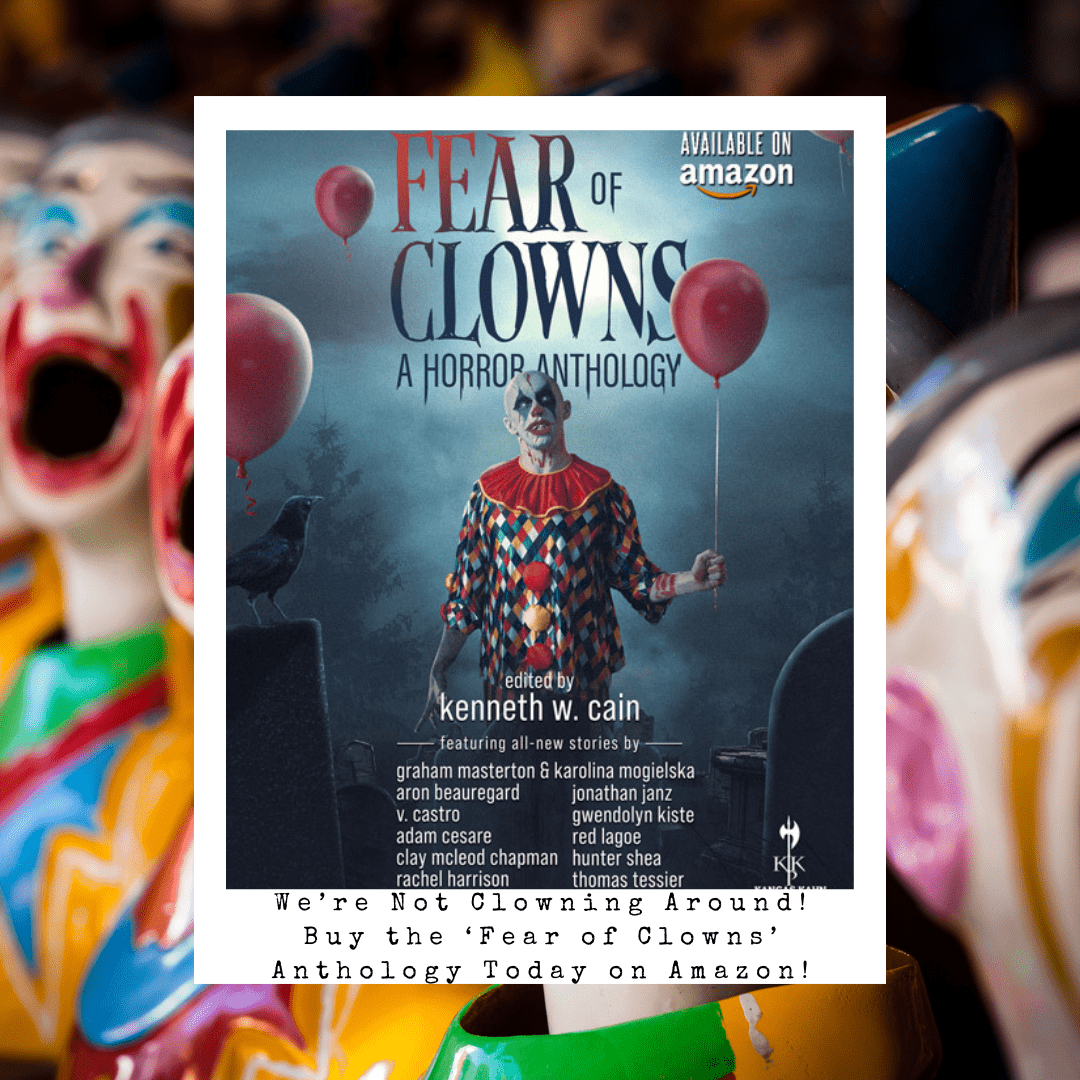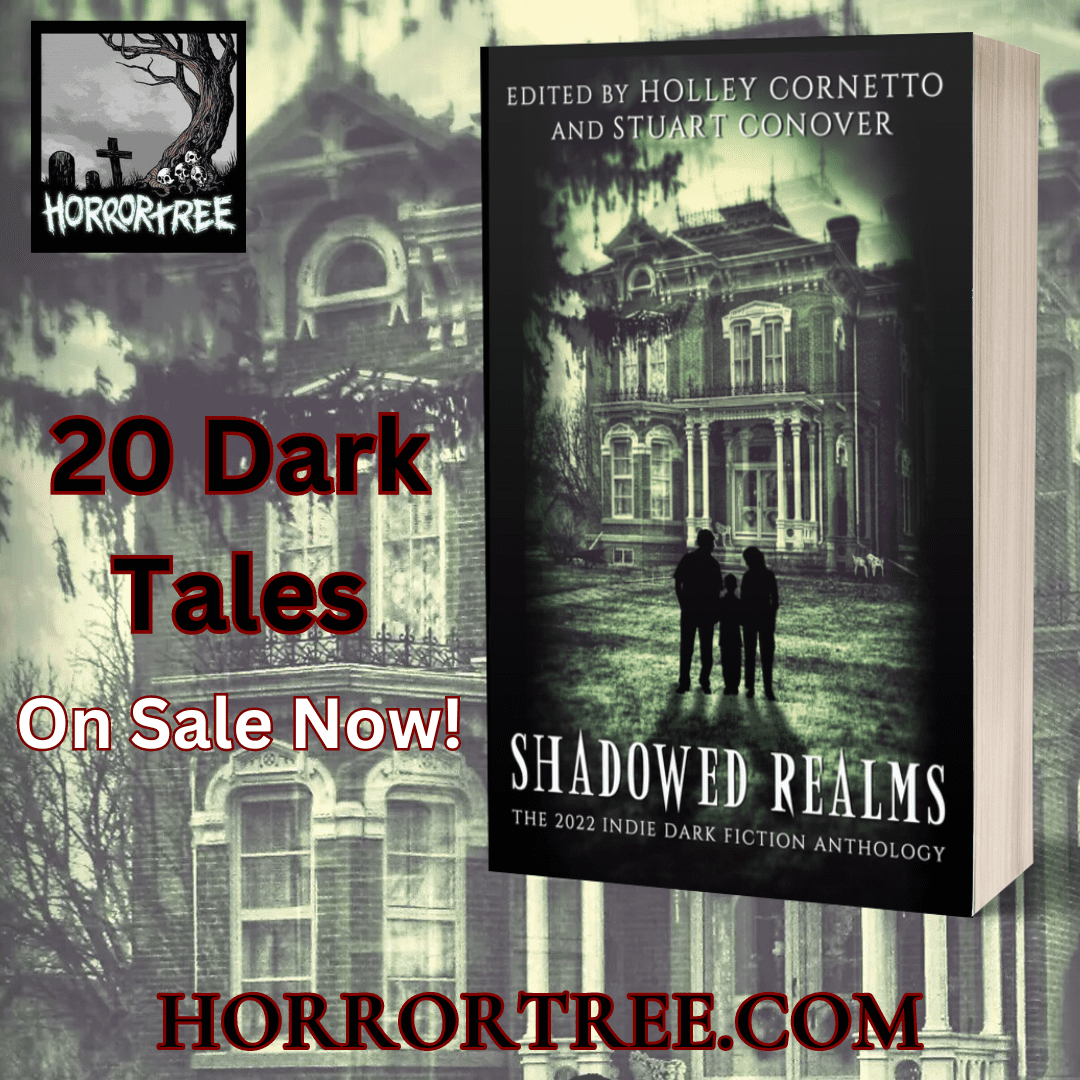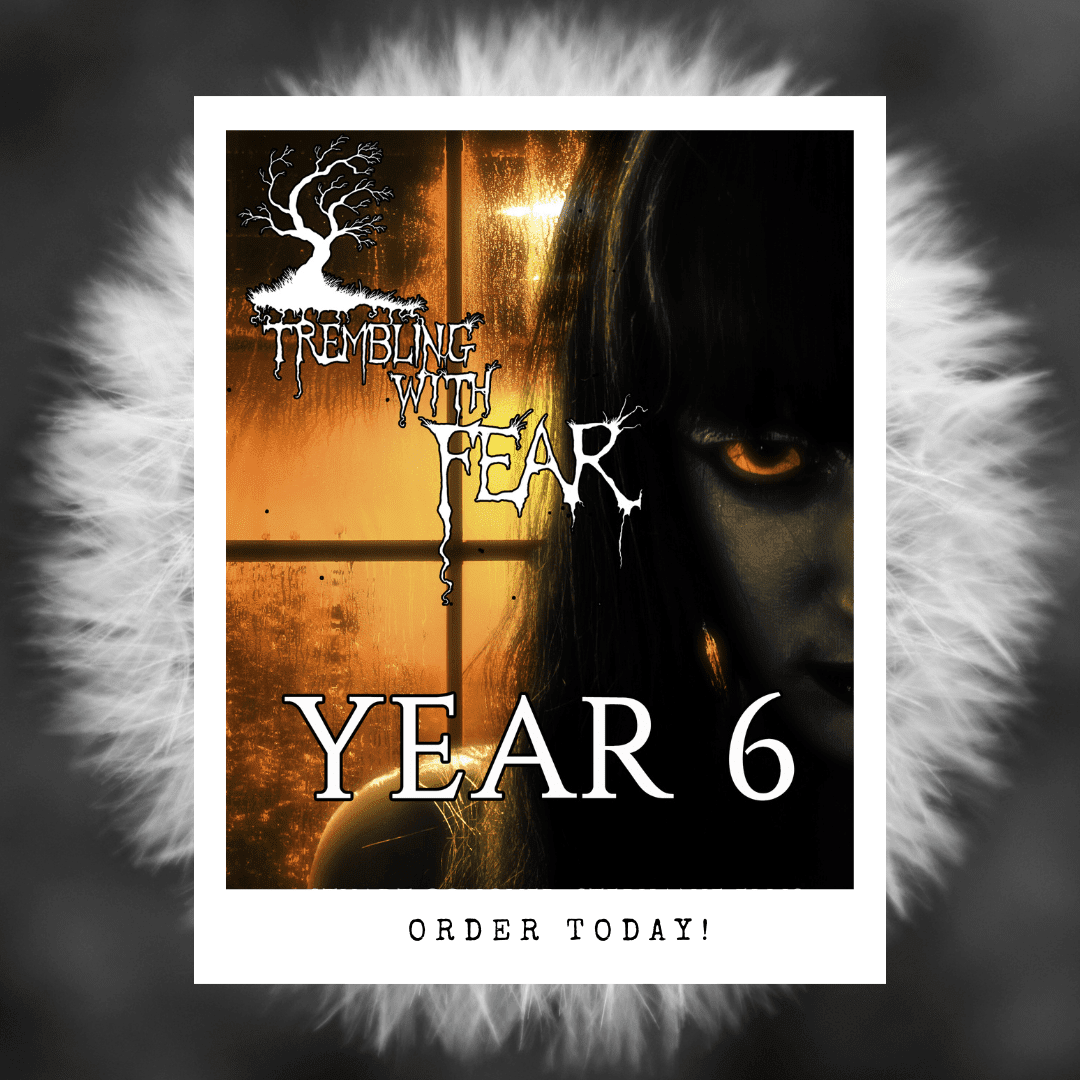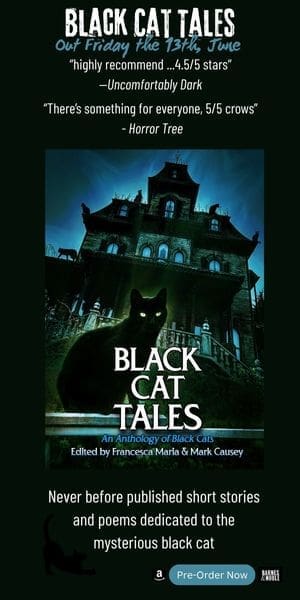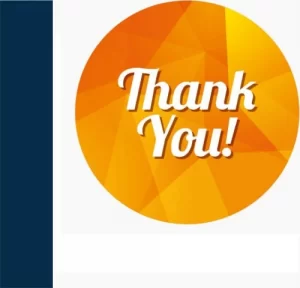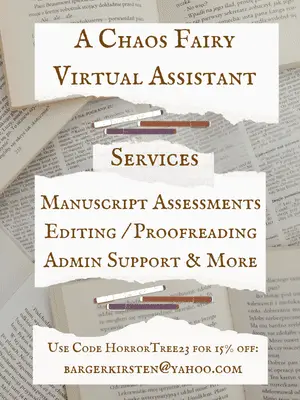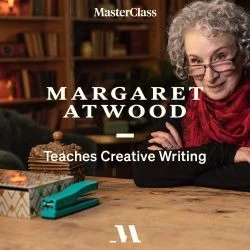What Is Romantasy?

In 2024, the fantasy genre experienced a surge in sales of 35.8% over the previous year. This was largely due to the prominence of a new genre called “romantasy”. A portmanteau of the words “romance” and “fantasy,” romantasy has become a buzzword in the publishing industry over the recent years, but what exactly is it? What makes it different from fantasy that has romance in it, or vice versa?
Fantasy vs. Romance vs. Romantasy
Fantasy literature is basically defined as stories with supernatural or magical elements. They are often inspired by real life mythology. Typically, they take place in alternate worlds, or deep in the fictional past of Earth, but can take place in the modern world in subgenres such as urban fantasy. Some prominent examples are J. R. R. Tolkien’s Lord of the Rings, Robert Jordan’s Wheel of Time, or Anne McCaffrey’s Dragonriders of Pern. Plots include adventure, exploration, learning magic, and saving the world.
The romance genre, as evidenced by its name, is full of stories centering on romantic relationships. They often follow a set formula and are, generally, expected to have happy endings. The plots in these books may have other elements, but the focus is the relationship between the main couple and how they meet, fall in love, and come together.
Romantasy is more than just adding some fantastical elements to a romance or putting a love story inside a fantasy novel. Danielle Tomlinson, in Bookstr, points out that while romantasy stories are typically set in a fantasy world and include typical fantasy tropes, the romance is not just central to the story, but if removed, the book no longer works.
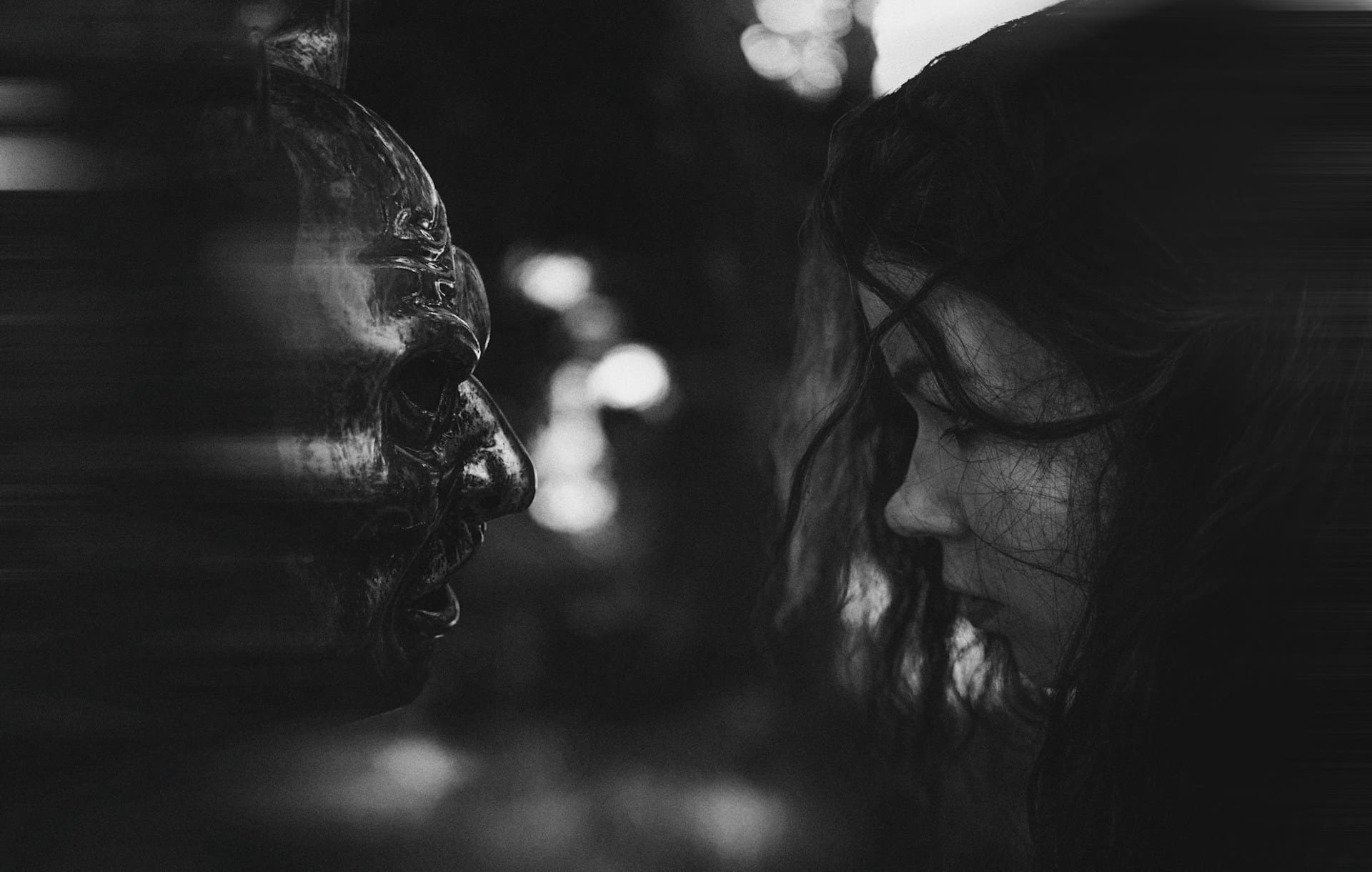
Photo by Vitaliy Shevchenko on Unsplash
Where Did Romantasy Come From?
A question more easily asked than answered. While the term itself is fairly recent (urban dictionary added it in 2008, and Goodreads added it as a genre in 2023), the concept is much older. Possible first books in the genre include Emma Bull’s War for the Oaks (1987) and Robin McKinley’s first novel, Beauty (1978). I would argue that William Goldman’s The Princess Bride (1973) also fits this genre. Rosemary Jones provides a comprehensive history on the SFWA website of the genre through the 20th century. Going back even further, I can even think of ancient examples, such as the Roman writer, Apuleis’ Cupid and Psyche.
Romantasy’s roots may be old, but its dominance on the bestselling lists is new. As mentioned, 2024 saw massive growth in romantasy sales. As with many recent trends with bookselling, the genre gained its popularity through social media, particularly Tiktok and Instagram. On Tiktok, #romantasy has over 800 million views and growing.
Common Tropes and Conventions
Every genre has its own rules, conventions, and expectations that writers are expected to work with. Sometimes, that means breaking those conventions to write something new and fresh, but writers should at least be aware of the conventions of their genre, even if they do not follow them exactly. Especially since some genres expect a closer adherence to those conventions than others.
Romantasy is grounded in romance, and that genre definitely has clear expectations. Krystal N. Craiker has an article on Campfire Writing that lays out the basic structure expected in this genre including story beats such as:
- The meet-cute;
- Growing romantic tension;
- A breakup or separation of some sort;
- The Happily Ever After (HEA) ending.
Along with this basic romantic structure, romantasy often involves familiar romance genre tropes such as fated mates, enemies-to-lovers, forbidden love, secret identities, and love triangles, among others. It also has several of its own fantasy tropes, including elemental magic, saving the day, and fairy tale retellings. Romantasy loves its fairy tale retellings, ranging from novels that are traditional reimaginings of classic fairy tales to looser retellings that simply borrow elements of fairy tales, like a cursed hero and the heroine whose love can save him, as in Sarah J. Maas’ A Court of Thorns and Roses.
Why is Romantasy so Popular?
Romance has long been the most popular and best-selling of book genres. Fantasy, too, has a long, successful history. But romantasy’s popularity is more than just the marrying of two successful genres. Constance Grady of Vox points out that romantasy excels at taking familiar tropes and repackaging them in a way that feels new and fresh, which gives readers the comfort of knowing what to expect while also giving them a thrilling element of surprise. This also offers readers an exciting moment of escapism, something a lot of us need these days.
As well, any Google search will tell you that, on average, women read far more books than men, and the fans and writers of romantasy, in particular, are predominantly women. The stories are told mostly through a female lens and feature strong heroines who get to save the day. And while amazing female fantasy authors are nothing new, the fantasy genre has not always felt made for women. Romantasy centres women and that is appealing to a lot of female readers.
Unfortunately, romantasy is not without its issues. Many bestselling romantasy books focus on white, straight romances. This is very slowly starting to change, and Ella Creamer in her article in the Guardian, includes examples of series with other types of protagonists. As well, indie publishers tend to be more willing to experiment than the big publishing houses. Both Barnes and Noble and Goodreads have lists of indie romantasy books to check out.
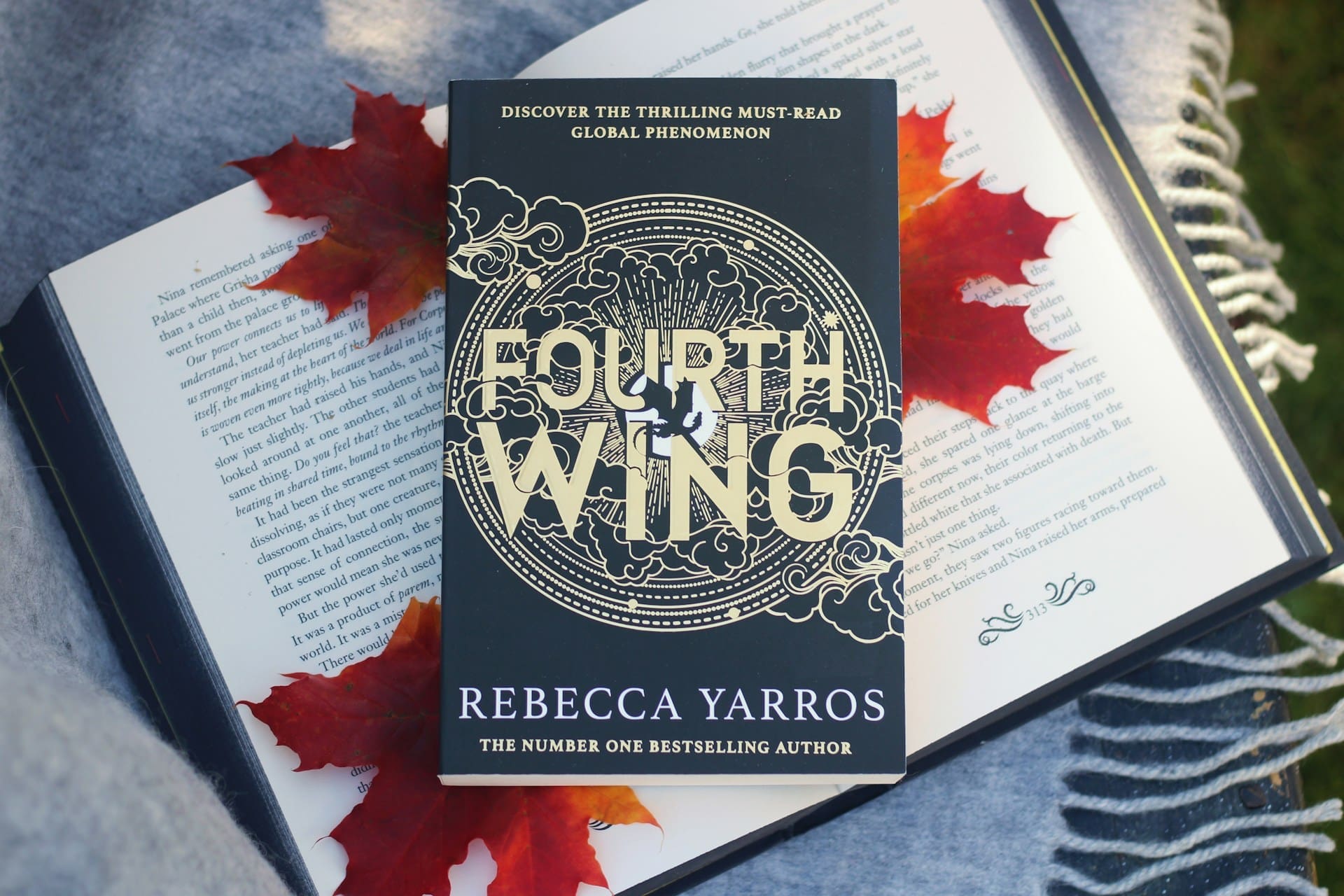
Photo by Elin Melaas on Unsplash
Famous Examples of Romantasy
-
- A Court of Thorn and Roses by Sarah J. Maas – “Feyre is a huntress. She thinks nothing of slaughtering a wolf to capture its prey. But, like all mortals, she fears what lingers beyond the forest. And she will learn that taking the life of a magical creature comes at a high price . . .”
- Fourth Wing by Rebecca Yarros: “Enter the brutal and elite world of a war college for dragon riders”.
- Moon Called by Patricia Briggs: “Mercedes Thompson, aka Mercy, is a talented Volkswagen mechanic living in the Tri-Cities area of Washington. She also happens to be a walker, a magical being.”
- Trial of the Sun Queen by Nisha J. Tuli: “Ten women. A deadly contest. Only one can win the Sun King’s Heart.”
- From Blood and Ash by Jennifer L. Armentrout: “Chosen from birth to usher in a new era, Poppy’s life has never been her own…”
Like any so-called overnight success, romantasy appears to have become popular just recently, but it has deep roots in literature. The examples above are only a mere handful of examples plucked from a vast meadow. I admit my initial disinterest in this genre, but through researching this article, I have added a few to my to-be-read pile. Romantasy is dominating the bestseller lists, offering readers exciting escapes from our day-to-day lives, and I am finding myself wanting to follow along.
Sources:
- Craiker, Krystal N, “Romantasy vs. Fantasy with Romance: What’s the Difference?”, Campfire Writing. https://www.campfirewriting.com/learn/romantasy-vs-romance-in-fantasy
- Creamer, Ella, “A Genre of Swords and Soulmates: The Rise and Rise of ‘Romantasy’ Novels” The Guardian, February 2, 2024. https://www.theguardian.com/books/2024/feb/02/romantasy-literary-genre-booktok
- Grady, Constance, “Why Half the People you Know are Obsessed with this Book Series” Vox, February 27, 2024. https://www.vox.com/culture/24084037/sarah-j-maas-a-court-of-thorns-and-roses-acotar-romantasy
- Jones, Rosemary, “Romantasy: An Old Genre with a New Name” SFWA, February 25, 2025. https://www.sfwa.org/2025/02/25/romantasy-an-old-genre-with-a-new-name/
- Milliot, Jim, “Print Book Sales Saw a Small Sales Increase in 2024” Publishers Weekly, January 10, 2025. https://www.publishersweekly.com/pw/by-topic/industry-news/publisher-news/article/96842-print-book-sales-saw-a-small-sales-increase-in-2024.html
- Sager, Clare, “Romantic Fantasy vs Fantasy Romance: Key Genre Differences” Indie Author Magazine, April 1, 2022. https://indieauthormagazine.com/living-the-romantasy-genre-tropes-in-romantic-fantasy/
- Tomlinson, Danielle, “The History of the Wonderful Romantasy Genre”, Bookstr, February 26, 2024. https://bookstr.com/article/the-history-of-the-wonderful-romantasy-genre/
- “10 Indie Romantasy eBooks to Read Now” Barnes and Noble Press, March 15, 2023. https://press.barnesandnoble.com/bnpress-blog/romantasy-to-read-now/
- “Best Romantasy Books from Indie Authors in 2023” Goodreads, 2023. https://www.goodreads.com/list/show/188968.Best_Romantasy_Books_from_Indie_Authors_in_2023






